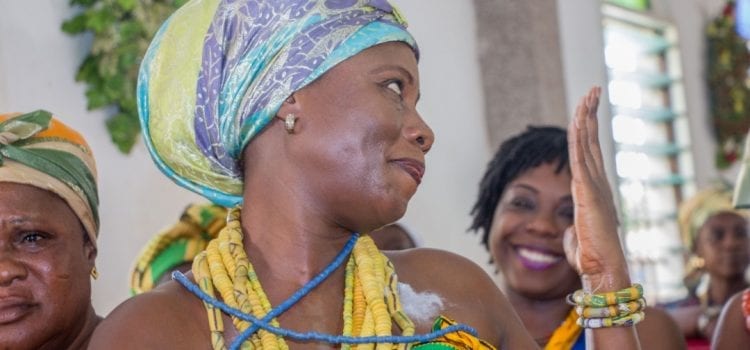The term African Beads is used to refer to both beads locally produced by indigenous people of the African continent and Trade Beads that have travelled from other parts of the world and now circulate or were recently sourced from Africa.
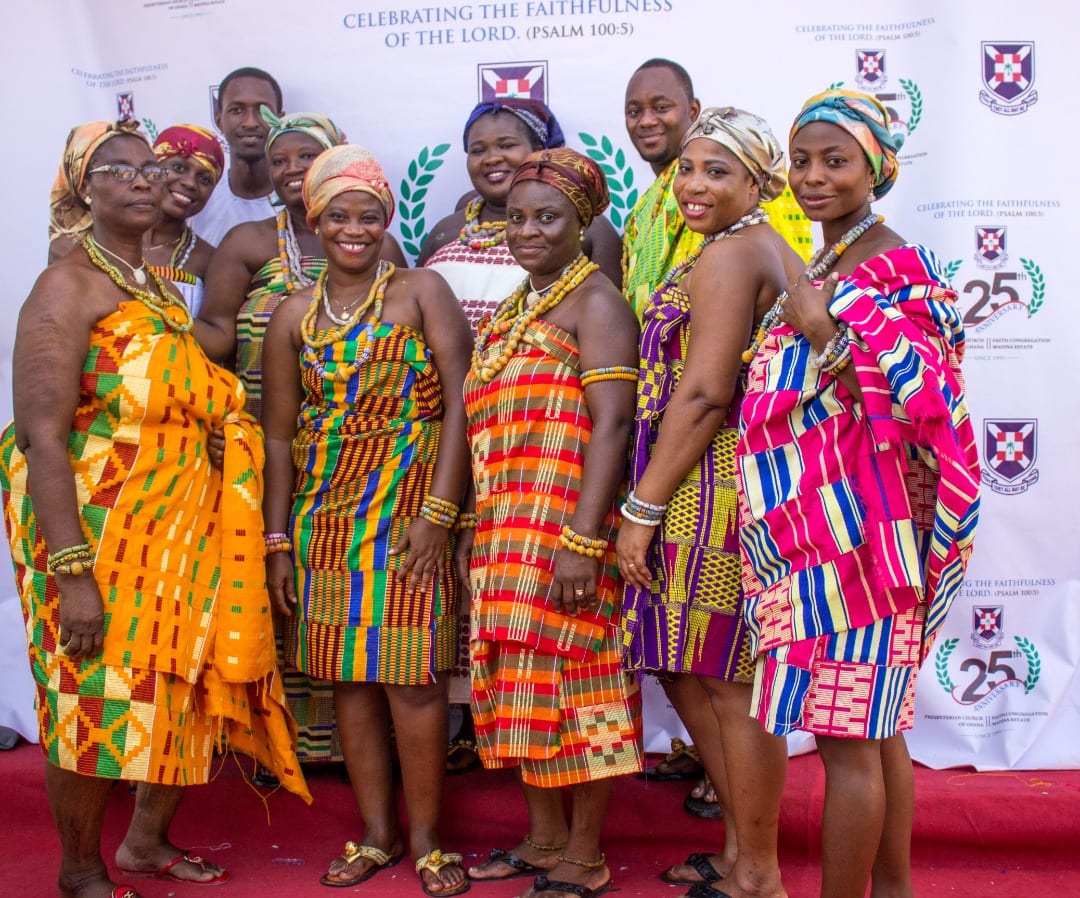
Together, these beads have played an enormous role in the culture, fashion, economy and artistic expression of the African people. Today, they are cherished by collectors, jewellery makers, and everyday people who just love wearing African beads! African tribal beads and glass beads also hold a special mythical significance as well.
Beads and Bead- making have a long history in Africa. Beads have been made by indigenous Africans for thousands of years. In ancient times, Egyptians, Greeks, and Indians established trading bases in East Africa and eventually the Arabs invaded in the eighth century and established trade routes with the wealthy kingdom of Ghana in modern-day Mauritania. The Arabs brought glass beads to the Niger Delta to trade for gold and slaves.
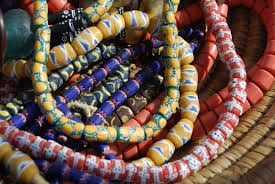
The modern production of beads is in some sense a family tradition, where tools and techniques are passed from one generation to the next. Bead-making is a labour-intensive process and since many beads are hand-made, there is variability in the appearance of individual beads even within a single strand.
African beads are made from a diverse array of materials. Some of the oldest beads were made from natural materials such as stones, clay, plant materials such as doum palm nuts and bamboo stems, animal materials such as ostrich eggshells, bones such as the Bank Batik Bone bead of Kenya, buffalo horn, and marine shells such as the Conus.
Due to its long history, beads continue to play a role in many traditional rites and ceremonies such as coming-of-age, circumcision, marriage, burial, and local festivals.

The number of different African and African Trade Bead varieties in existence today is enormous. Any attempt at classification is further complicated by the fact that many beads have been reworked and redecorated over time to conform to local tastes and preferences. Some of the most well-known varieties of African beads today are Krobo Beads, Kakamba Beads, Mali Clay Beads and Mali Wedding Beads, Chevrons, Millefiori, Vaseline Beads, White Heart Beads, Kiffa Beads, and Hebron Beads.
Africa’s fascinating bead history predates the African Trade Bead era by over 75,000 years; the first known examples found in the Blombos Cave, on the South African coast (near Cape Town) in 2004. Archaeologist Chris Henshilwood uncovered a wealth of ancient artifacts, including the first known beads for decorative purpose made from the shell of Ostrich eggs.
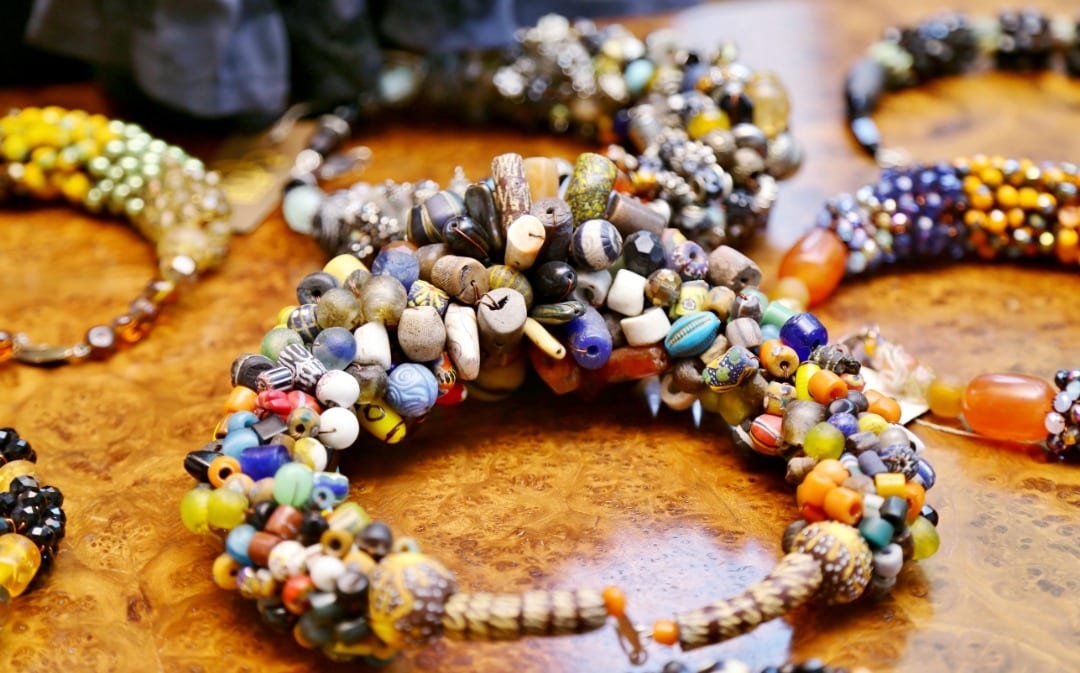
Similar beads thought to be over 12,000 years old have been found within Kenya, Libya and Sudan adding evidence to the history of the Turkana people who once recognised such beads for their value as currency. Egg-shell beads would be presented to women as part of their dowry prior to marriage. It is also thought such bead-strands were exchanged for cattle and goods in the region. Cowrie shell beads and Bone Beads are thought to be among the first types of beads used for trade purposes within Africa, until the 4th Century B.C when glass beads found their way into Africa from Egypt and Western Europe.
Evidence of the glass bead production which dominated the African economies for nearly 700 years has been found within both Egypt and South Africa, dating back to the 9th Century. These minuscule beads were woven into the opulent collars, head-dresses and robes worn by Royal family members, courtiers and those of nobility. Burial sites such as the Valley of The Kings have allowed us to uncover a significant wealth of jewellery and decorative artifacts which were made from glass. Glass beads also made their way into Africa from Portugal during the 4th Century, the unofficial beginning of Africa’s booming trade era.
It is not until the 12th Century that we see real evidence of glass bead production within the notable manufacturing areas of today, such as Ghana, in the Krobo land, Ethiopia and Nigeria. The methods used within this production are not dissimilar to those practised today for Recycled Glass Bead production; where ground particles are compacted prior to firing. The early method is referred to as wet-core powder glass bead production and was a painstakingly slow process. Such beads allowed tribesmen to ply trade with neighbouring regions, but were predominantly used for rituals, rites of passage ceremonies and holistic healing.
From the 14th Century, explorers began landing upon the shores of South Africa bringing with them colourful glass beads to trade for the safe passage through regions and eventually for the riches of this foreign land which included palm oil, fur and spices.
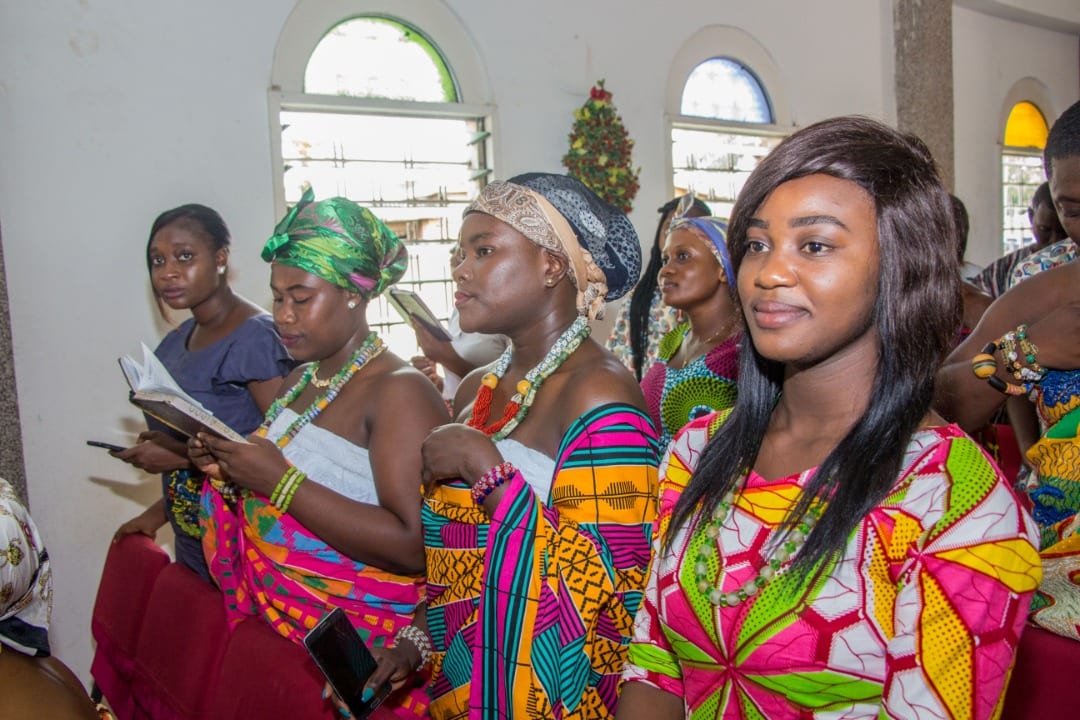
The market for slaves is also thought to have developed during these early years, and would soon become fundamental in boosting Africa’s regional economies. The production of Africa’s currency began to increase within Venice during the 1500’s. Stripped Chevrons were the most common product of this era, although Millefiori Beads found particular favour with African tribal chiefs during the close of the century. The Millefiori boom would last a further 400 years.
Africa’s Golden Trade Era stretches from 1700 to 1920; a period that saw the highest levels of trade and economy in history. Venetian Trade Beads were often referred to by their pseudonym slave beads due to the high value they realised in exchange for slaves. Doughnut and Pineapple shaped Chevron Beads with colours range from 4-12 in number were among the most common. However, pale Venetian Ghosts, King Chevrons and Elbow Millefiori Beads were also among the most prized
Source: Graphic Online


 Call Center
Call Center
